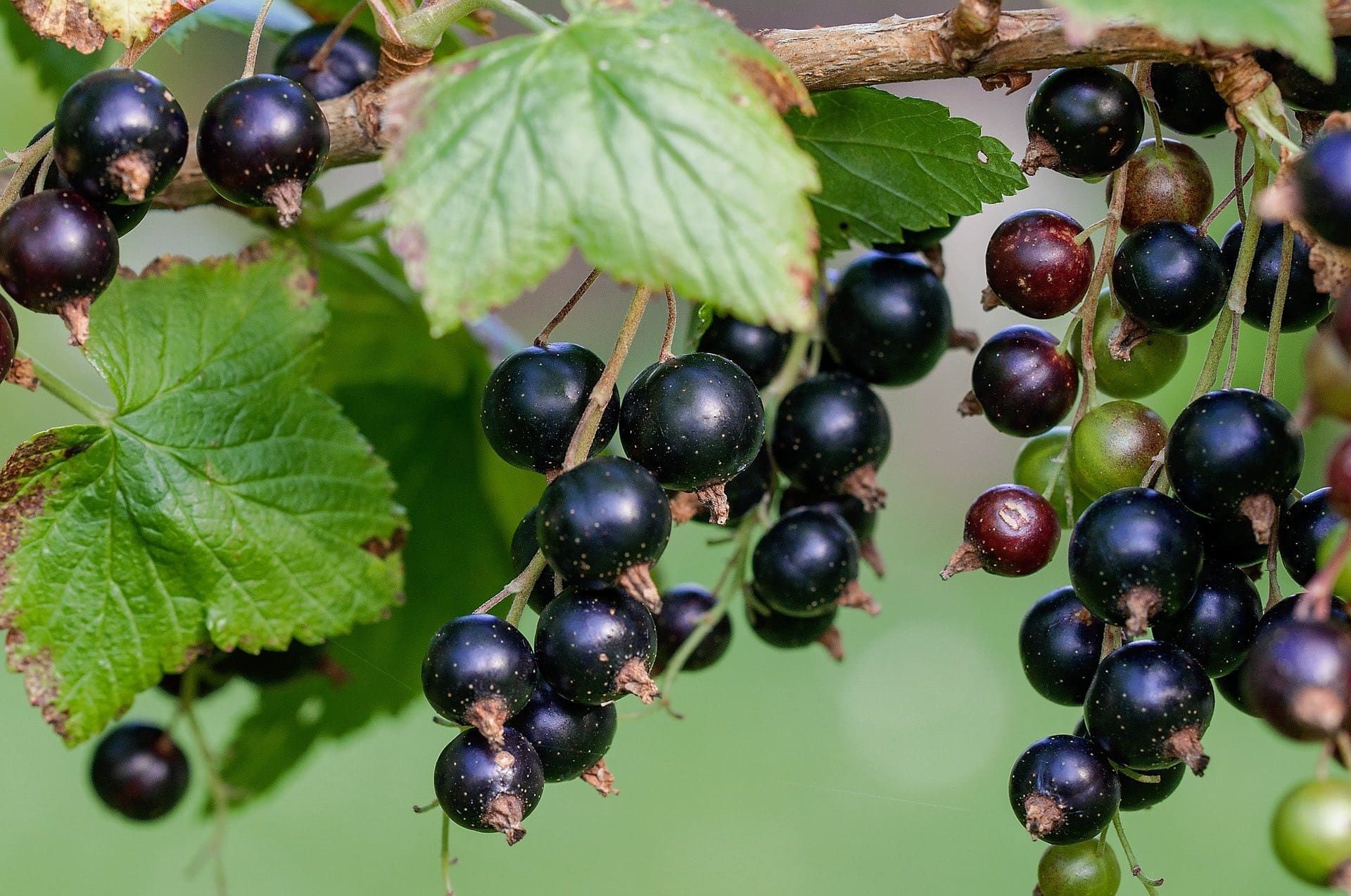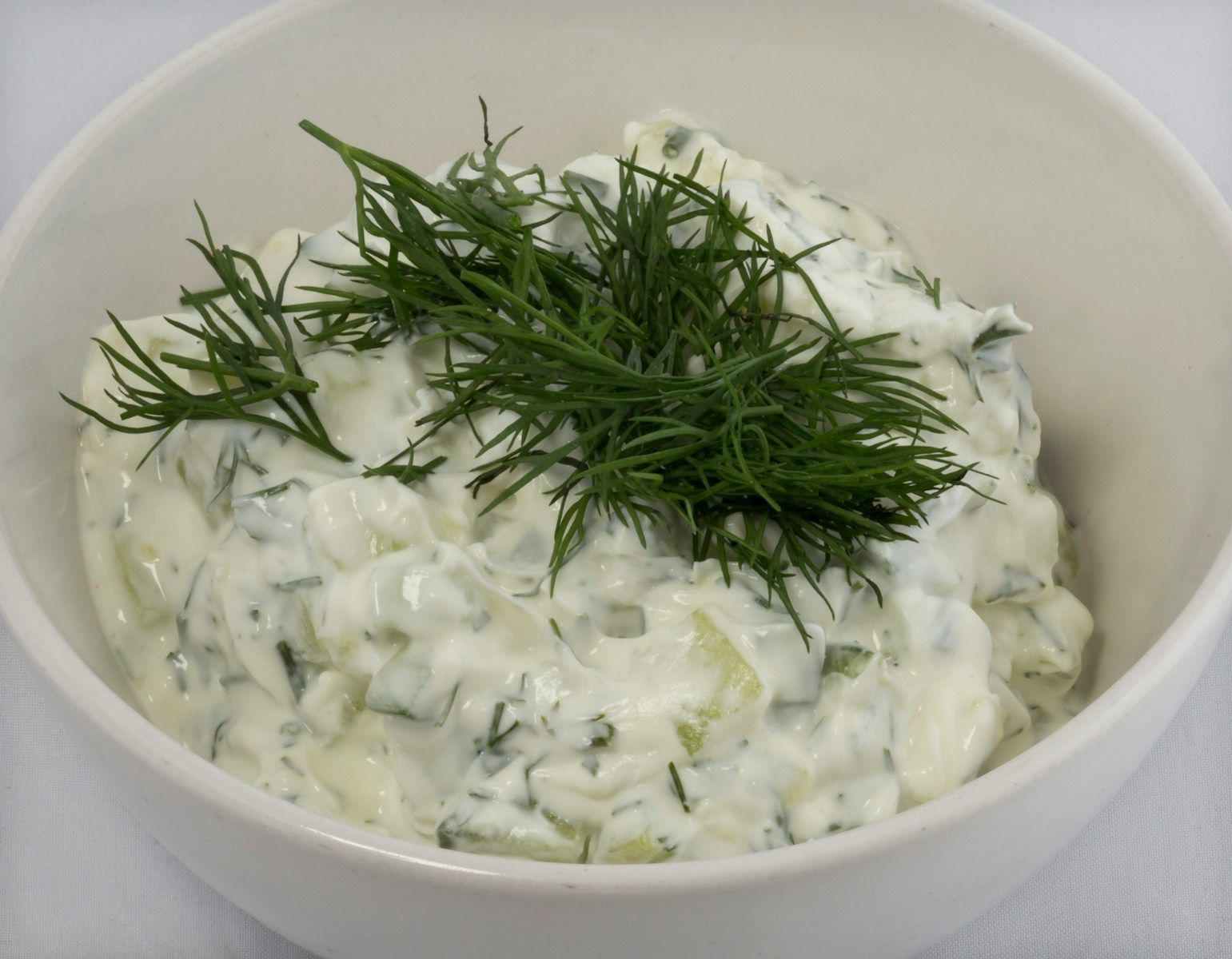
The whiskey world is an intoxicating mix of tradition, innovation, and passion, where every sip tells a story of grain, wood, and time. But amidst the rich aromas of oak and caramel, there’s one term that’s been stirring up more questions than answers lately, a descriptor that’s become a bit of a linguistic barrel-aged mystery: “Master Distiller.” You hear it everywhere, from glossy magazine profiles to bottle labels, lending an air of gravitas and expertise to the liquid inside. But what does it *really* mean? And more importantly, is its widespread, often loose, application doing a disservice to the craft and the true masters?
If you’ve ever found yourself wondering about the true weight of that coveted title, you’re not alone. Turns out, even within the hallowed halls of distilleries, there’s a fascinating, sometimes frustrating, lack of consensus. The role conjures images of seasoned alchemists meticulously perfecting their craft over decades, and while that image holds true for some, the reality is far more complex and, dare we say, a little wilder than you might imagine. It’s a title that has evolved, expanded, and at times, gotten completely out of hand, sparking quiet groans among those who actually spend their lives making the good stuff.
So, grab your favorite dram, settle in, and let’s dive deep into the enigmatic world of the Master Distiller. We’re pulling back the curtain on this iconic, yet oft-misunderstood, designation, exploring its surprising history, its traditional responsibilities, and how its contemporary usage has left many in the industry wishing for a clearer, more respectful application. Prepare to have your perceptions, much like a good whiskey, aged to perfection.
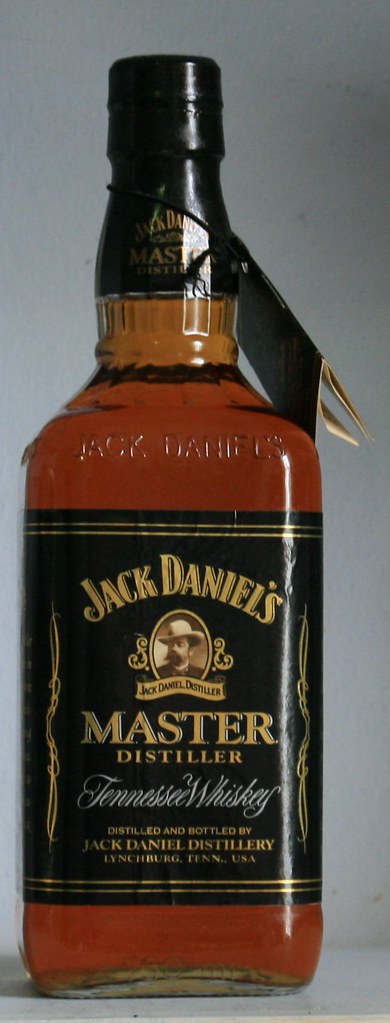
1. **The Confounding Nature of the “Master Distiller” Title Today**
The first thing to grasp about the “Master Distiller” title is its confounding fluidity. There’s no single, universally agreed-upon definition, and its meaning swings wildly across distilleries. For some, it truly represents a lifetime of unparalleled expertise, like Wild Turkey’s Jimmy Russell, celebrated for “decades of experience in all aspects of the distilling industry.” His title is profoundly earned, a testament to mastering the still and barrel.
However, the title’s application can be far more flexible. The context reveals “figureheads of non-distilling producers are called Master Distillers, even if they have had no experience with distillation.” This dilutes the term, confusing patrons who assume every Master Distiller has hands-on crafting experience. Such casual appropriation of a distinguished moniker often leaves seasoned professionals questioning its true value.
This ambiguity extends to industry leaders. Corky Taylor, of Kentucky Peerless Distillery, notably chose *not* to name a Master Distiller out of “respect for the industry,” highlighting the internal struggle. Lisa Wicker, distiller at Starlight Distillery, similarly states, “I’ll be a Master Distiller when my colleagues start to refer to me as a Master Distiller,” underscoring the peer-driven recognition the title once commanded.
Ultimately, the term is “a confusing one,” as the context clearly states, and has “become yet another dividing issue in the whiskey community.” This lack of a solid definition often conveys ambiguity instead of mastery. It’s a stark contrast to how many would prefer such a revered title be treated, leading to quiet frustration among those who genuinely wish for clarity and authenticity in its application.

2. **The Title’s Surprising Recent History: Not As Old As You Think**
Despite the centuries-old craft of distilling, the term “master distiller” itself is a relative newcomer, a fact that surprises many enthusiasts. One might imagine it as an ancient designation, but our context reveals a fascinating truth: “The term has only been around a few decades, as far as anyone can tell.” It’s not an age-old label, but a more recent invention in whiskey lore, setting it apart from the craft’s perceived antiquity.
Yet, the *concept* behind the title isn’t entirely new. The context clarifies that while the *modern term* is recent, its initial use dates back to the “1800s when it was first used to acknowledge the distilling expertise and knowledge a person gained after practicing and perfecting the craft of distilling for many years.” This indicates a consistent, historical appreciation for deep, hard-won knowledge, even if the specific label evolved. It was a genuine mark of achievement, signifying true mastery built over a substantial career.
This distinction is crucial, highlighting that the *spirit* of the title—recognizing exceptional skill and extensive experience—has always been present. What has changed dramatically is its formalization and casual proliferation. This shift from an informally bestowed honor to a more institutional, and often self-proclaimed, designation, is at the core of current industry debate. It means that while the term acknowledges a historical precedent of expertise, its modern application often deviates significantly from that esteemed origin.
Understanding this short formal history helps explain why its current usage is contentious for those valuing authenticity and tradition. They recall a time when the title was earned through undeniable dedication, not merely assigned. This also informs why, as the text notes, even if a definition is proposed, “no one in the whiskey community, fans or industry, will be in agreement,” due to the term’s long-standing fluidity.

3. **The Original, Strictly Defined Role of a Master Distiller (1867 English Cyclopaedia)**
To understand the original, no-nonsense definition of “master distiller,” we turn to 1867. The English Cyclopaedia (Arts and Sciences section) offers a remarkably clear, detailed picture of this role, leaving no room for ambiguity or marketing fluff. This wasn’t about being a figurehead; it was about intense, hands-on, meticulous oversight of every distillation step—a true technical leader.
Charles Knight, from The English Cyclopaedia, page 565, lays it out with impressive specificity: “He tests the specific gravity of all the liquids as often as he pleases; he requires that the numerous pipes shall be painted, some black, some red, some blue, and some white, in order that he may know which is for the conveyance of wort, which for wash, which for the first spirit, and which for the finished spirit.” This individual was deeply immersed in the physical and chemical processes, a walking encyclopedia of the distillery’s workings, ensuring every detail was perfect. Responsibility was tangible and critical.
Knight’s definition further emphasizes total control and access: “he demands the aid of ladders and passages to give him access to every part of every piece of apparatus.” This paints a vivid picture of a craftsman so integral to the operation they were essentially bound to it, climbing, inspecting, and intimately understanding every distillation step. This suggests an almost obsessive level of direct engagement, where no part of the distillery was beyond their scrutiny, contrasting sharply with modern executive roles.
The concluding line powerfully illustrates the role’s demanding nature: “In short, the master distiller is so thoroughly controlled in all the operations, that nothing but the prospect of large profits, arising out of a large business, would induce a manufacturer to wear such shackles.” This underscores that the original master distiller’s authority came with immense responsibility and rigorous adherence to process. It truly defined operational mastery, rather than a primarily public-facing one, a distinction many in the industry today quietly yearn for.
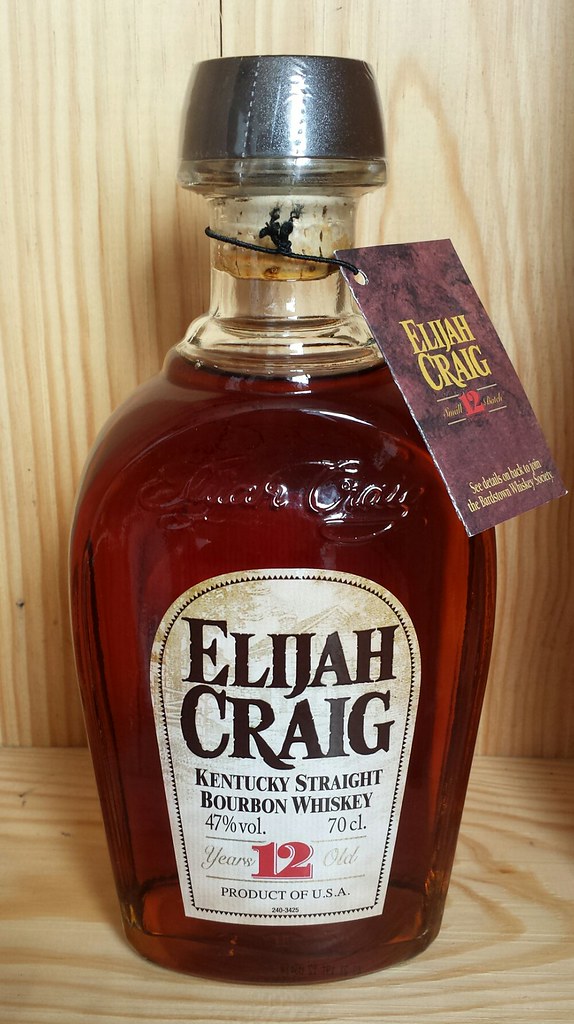
4. **The Traditional Hierarchy and Mastery in Kentucky Bourbon**
Before the title became a widespread marketing tool, its application in the heartland of bourbon was far more structured and genuinely earned, reflecting a deep respect for accumulated knowledge. “Kentucky bourbon makers often had a hierarchy that consisted of distiller, head distiller, and master distiller.” This was not a casual designation; it represented the pinnacle of a long, arduous journey through the ranks, demanding years, if not decades, of hands-on experience and proven skill.
Historical usage of “master distiller” in this context was typically “limited to only those who had truly mastered the craft of distilling.” One couldn’t merely claim the role; they had to prove their mettle, understanding, and consistent ability to produce exceptional spirits batch after batch. It was a title bestowed by peers, recognizing undeniable skill and an almost intuitive understanding of the complex alchemy involved in turning grain into liquid gold, perfected through tireless dedication.
As the context highlights, “Distiller was the job title. ‘Master Distiller’ was a term of honor informally bestowed by one’s peers, usually near the end of a career, when the individual’s mastery was beyond dispute.” This unofficial yet deeply respected system ensured the title truly represented the highest echelon of distilling expertise—a lifetime achievement award. The text also notes, “No one would have been egotistical enough to refer to himself as a Master Distiller”; it was a title given, not self-proclaimed.
This tradition stands in stark contrast to the modern trend where “Every distillery now has to have one. Some have more than one.” This dramatic shift from a rare, honorific title to a common, almost mandatory one illustrates a significant departure from historical practice. It highlights why many industry veterans feel the term has lost some of its original luster and gravitas, becoming diluted in an effort to present an image of expertise rather than celebrating actual, proven mastery built over decades.

5. **The Core Duty: Supervising Production and Ensuring Quality**
Regardless of how the “Master Distiller” title has evolved or been co-opted, one constant remains at its absolute core for those genuinely earning it: the unwavering responsibility for meticulous production supervision and the ultimate guarantee of product quality. This isn’t a passive, hands-off role; it’s about being intimately involved in and accountable for the entire journey from raw materials to the finished spirit, a true stewardship of the craft.
The context makes it unequivocally clear: “master distillers usually supervise the production of the spirits made at their distilleries and are responsible for the final products and their quality.” This involves overseeing everything, even if “the level of scientific involvement may vary.” It’s about being the ultimate guardian of the distillery’s output, ensuring every drop meets the exacting standards that define their brand and lineage. This responsibility extends to maintaining consistent quality and flavor across all batches.
While historically this mastery was gained “through years of hands-on experience, often as apprentices,” the modern landscape shows a shift. Today, “many distillers – even those not labeled as master distillers – have related academic backgrounds with degrees in chemistry, biology, microbiology, food science, or actual distilling.” This blend of empirical and formal scientific understanding highlights the role’s complex, multifaceted demands, emphasizing that commitment to quality and process oversight remains paramount.
Beyond technical aspects, this core duty often involves “sourcing the raw materials themselves” and working closely “with tasters on quality control to ensure consistent quality and flavor across all batches.” This hands-on engagement with ingredients and sensory evaluation underscores a holistic approach. Furthermore, they “also have to ensure the distillery maintains the proper facilities and equipment for long-term storage for products that require aging,” solidifying comprehensive responsibility from grain acquisition to the final, aged bottle.
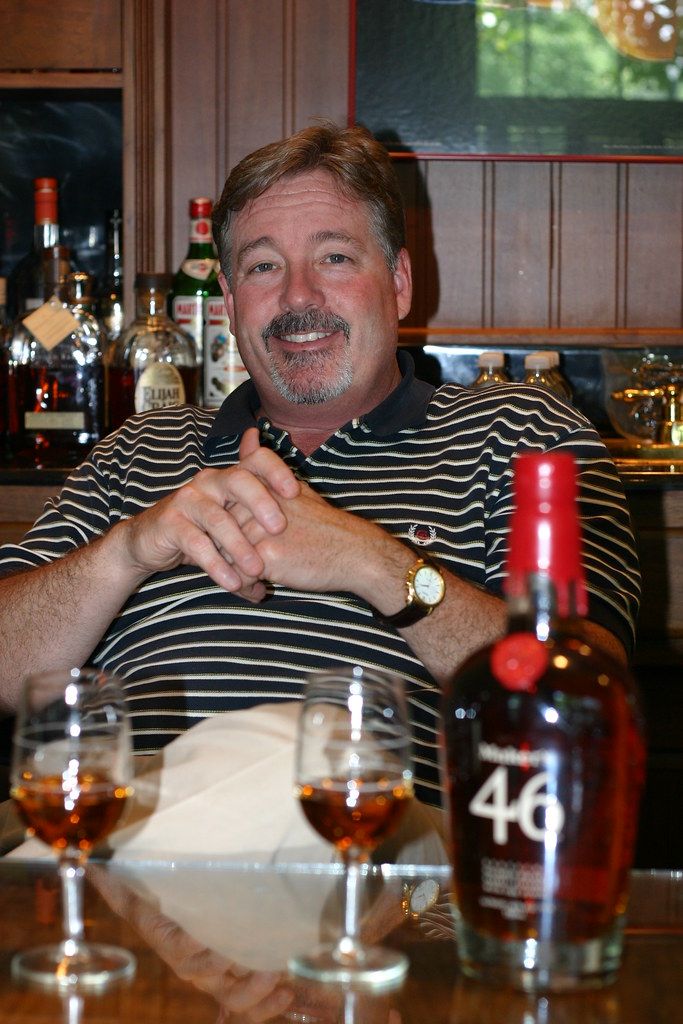
6. **The Science and Art of Product Development: From Mash Bill to Blending**
For a master distiller who truly embodies the traditional definition and actively shapes a spirit’s essence, the role deeply combines intricate science and refined artistry, particularly in product development. This isn’t just about supervising; it’s about active creation, constant innovation, and an almost alchemical understanding of how raw ingredients transform into liquid gold. It begins with the mash bill, the very foundation of the spirit.
The context explains an active, creative master distiller “often has a background in chemistry and yeast physiology combined with years of distilling experience.” This specialized knowledge is crucial, allowing them to take “raw base ingredients… and create fermented washes designed to produce spirits with very specific desired characteristics.” It’s a delicate, scientific balance of understanding complex chemical reactions and predicting sensory outcomes, laying the groundwork for the spirit’s entire flavor profile.
Beyond initial fermentation, the master distiller’s touch is critical during distillation, particularly when “making ‘cuts’ to the distilled spirit to separate the heads (foreshots), hearts, and tails (feints).” This crucial, highly skilled step, often supervised by master distillers, determines the purity, smoothness, and distinct character of the final product. A perfect “heart cut” is the hallmark of a master’s touch, separating desirable liquid from less desirable components.
Their expertise extends well beyond the still, encompassing critical maturation decisions. They are intimately involved in “choos[ing] the type of container for aging, such as wooden casks,” which imparts vital flavors and aromas. This is followed by equally important decisions about “blending, filtration, coloring, and bottling,” each requiring a discerning palate and understanding how these choices impact the final product’s presentation and taste.
Even when “master distillers entrust recipe-based decisions on malting, fermentation, maturation, and blending to other experts on their teams, they are generally responsible for the quality of the final product,” emphasizing ultimate accountability. This comprehensive involvement, from first grain to corked bottle, defines the traditional, hands-on master distiller, seamlessly blending scientific precision with an artist’s visionary palate, ensuring every batch exceeds expectations.
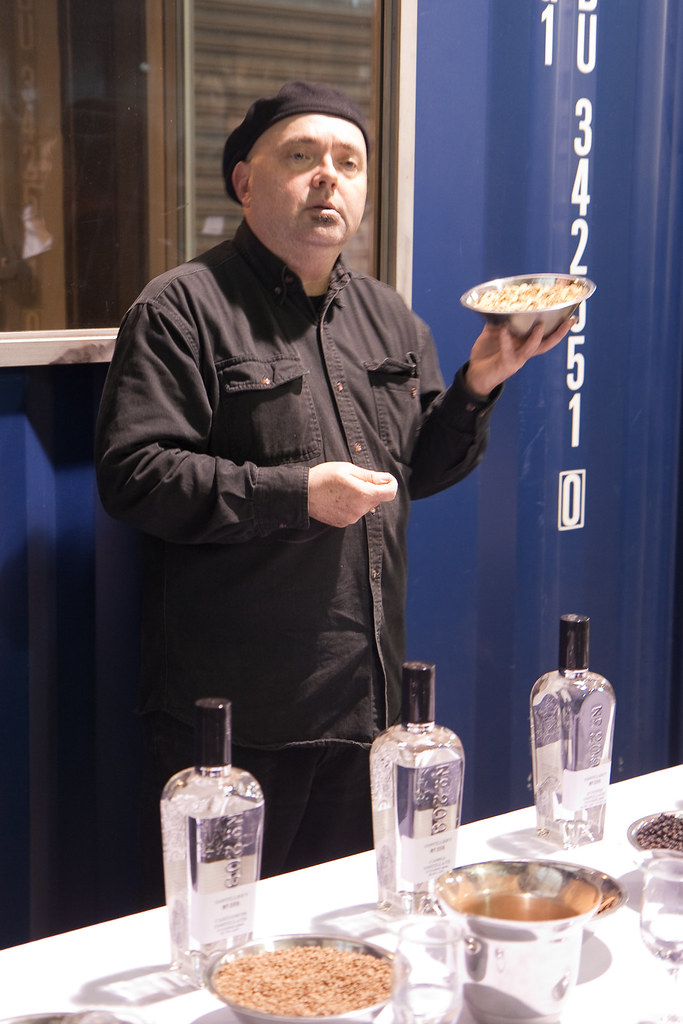
7. **Beyond the Still: The Master Distiller as a Public Relations Powerhouse**
Move over, production lines; today’s master distillers are just as likely to be found under the spotlight as they are meticulously tending to the still. While their hands-on work in crafting exceptional spirits remains absolutely crucial, a significant, and increasingly demanding, portion of their modern role has dramatically shifted towards public relations and marketing. They’re no longer just making the whiskey; they’re expertly selling its story, becoming the instantly recognizable “face” of the distillery to a thirsty world.
This isn’t merely about showing up for a quick photo op and waving to the crowd. Master distillers are frequently engaging with the public and the press at a dizzying array of events, transforming themselves into engaging brand ambassadors. We’re talking about everything from intimate tastings and high-profile product launches to bustling trade shows and educational seminars. They are the key communicators, the articulate experts on stage, captivating audiences with tales of carefully sourced grains, seasoned wood, and the patient march of time. Their ability to connect with people and convey their passion is now as vital as their ability to make a perfect cut.
Furthermore, their input is absolutely vital in shaping the distillery’s public image and overall market strategy. These aren’t just figureheads; master distillers often participate directly in the development of ambitious marketing campaigns and strategic financing initiatives for new and existing products. They’re collaborating closely with dedicated marketing teams and experienced tasters, incorporating these crucial insights directly into the product development phases. This holistic approach ensures that new and existing products are not only exceptional in taste and quality but also compelling in their narrative and presentation, ultimately maximizing the spirits’ value in a competitive market.
They work tirelessly with everyone who touches the whiskey world, from loyal, enthusiastic customers to crucial wholesalers and even engaging with other distilleries. Their overarching goal is straightforward yet profound: to promote their exquisite products, cultivate a loyal following of satisfied customers, and foster a genuine appreciation for their craft. This intricate blend of hands-on production expertise, a deep scientific understanding, and polished, public-facing communication skills is now an indispensable part of the contemporary master distiller’s toolkit, proving that sometimes, the best way to make a truly great whiskey is also to be its most passionate and articulate advocate.
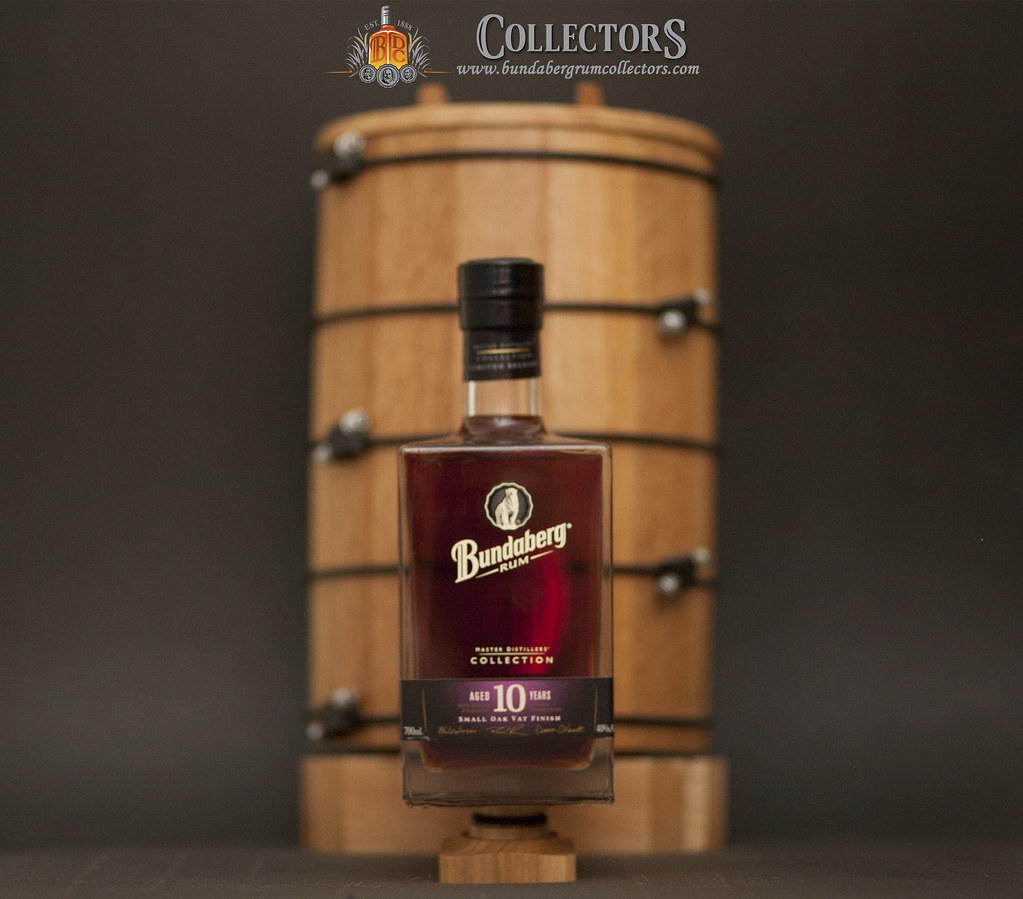
8. **From Fermentation to Finances: The Management Maestro**
Stepping beyond the romantic, almost mythical, image of a solitary figure cloaked in tradition, meticulously crafting spirits in a dimly lit distillery, the modern master distiller is frequently a seasoned management professional, adroitly steering the entire ship of distillery operations. Their comprehensive purview often extends far beyond the purely technical aspects of distillation, encompassing a broad and critical range of responsibilities essential for the distillery’s smooth and profitable functioning. They are the operational maestros, ensuring every moving part of the complex enterprise works in perfect harmony, from the smallest valve to the largest financial decision.
This expansive managerial mandate fundamentally includes the critical task of meticulous staff oversight. Master distillers are at the helm, managing their distilling teams with precision, guiding them through the intricate processes of mashing and fermenting, and ensuring every step adheres to the highest standards. Beyond the immediate production floor, they are also responsible for the strategic planning of staff training and ongoing development. This crucial investment ensures that their teams are not only exceptionally skilled in the art and science of distilling but also proficient in the myriad administrative and operational functions that underpin a successful, modern enterprise, including essential tasks like accounting and inventory management.
Crucially, the master distiller’s evolving management role often delves deeply into the financial health and strategic planning of the enterprise. They might be directly handling the distillery’s intricate finances, negotiating contracts, and organizing complex distribution systems that get the liquid gold into the hands of consumers. This demands a sharp business acumen alongside their profound distilling prowess, seamlessly blending the age-old art of making whiskey with the contemporary science of running a thriving and profitable venture. It’s a testament to the versatility required in today’s industry.
Furthermore, ensuring rigorous food safety standards are met at all times is another non-negotiable, paramount aspect of their expansive management duties. From the initial handling of raw grains to the final moment of bottling and packaging, every single step must adhere to strict governmental and internal guidelines. This unwavering commitment to safety, quality control, and operational excellence, coupled with their broader managerial oversight, truly underscores the immense trust, profound expertise, and sweeping responsibility placed upon a modern master distiller. They are, in essence, the CEO of the spirit itself.
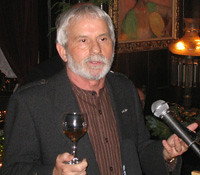
9. **The Unsung Heroes of Paperwork: Administrative Oversight and Compliance**
While the tantalizing glamour of distillation often commands all the attention, overshadowing the less flashy but equally critical work, a significant and often unsung aspect of the modern master distiller’s role lies in meticulous administrative oversight and ensuring unwavering regulatory compliance. This isn’t the stuff of romantic legends or dramatic pop culture portrayals; it’s about diligently navigating a labyrinth of rules, forms, and standards that are absolutely vital for keeping the distillery running legally, safely, and efficiently. It’s the behind-the-scenes precision that makes everything else possible.
On an administrative level, master distillers are frequently, and exhaustively, in charge of regulatory paperwork, acting as the ultimate guardians of compliance. This crucial duty ensures that all spirits produced remain in strict alignment with a complex web of government rules and industry standards. Just imagine the sheer volume of meticulous documentation required to accurately track every single raw ingredient, detail every piece of equipment, and verify the precise specifications of final product formulations. It’s a mountain of necessary detail that could overwhelm lesser mortals.
They are the ultimate meticulous record-keepers, or at the very least, they are the ones who oversee this critical process with an eagle eye. Master distillers either personally record each intricate phase of the distillation process themselves, with a level of precision that would impress a Swiss watchmaker, or they delegate this crucial duty to a trusted and highly capable team member. These detailed records are absolutely indispensable, guaranteeing that the correct procedures are consistently followed, batch after painstaking batch. This ensures every product not only meets but often exceeds all quality benchmarks and stringent food safety guidelines, protecting both the consumer and the brand’s reputation.
This deep-seated commitment to administrative rigor is a powerful testament to the comprehensive and multifaceted nature of the role in the 21st century. It’s about precision not just within the gleaming confines of the still, but equally on the meticulously organized pages of ledgers and regulatory documents. Without this careful administrative stewardship, a distillery could face significant challenges, including hefty fines or even closures. This highlights, unequivocally, that the quiet, diligent work of compliance and record-keeping is just as important as the noisy, vibrant work of production in the grand, intricate scheme of crafting truly exceptional spirits.

10. **The Whisper, Not the Roar: The Nuanced ‘Debate’ About the Master Distiller Title**
If you’ve heard whispers of a fierce, industry-shaking “debate” about the “Master Distiller” title in the whiskey world, you might be imagining fiery arguments erupting in smoky back rooms, complete with dramatic pronouncements. But here’s the unvarnished truth, straight from the source: the reality is far more subtle, more of a collective, quiet groan of frustration than a roaring, public controversy. As the context reveals with a touch of wry honesty, “The Louisville Courier-Journal’s headline, ‘Bourbon Leaders Debate Term ‘Master Distiller,” wasn’t true. There is no debate. Nobody is talking about it unless a reporter calls around asking questions.” It’s less a headline-grabbing showdown, and more a simmering, internal discomfort among those who genuinely value the title’s historical gravitas.
The core issue, as we’ve seen, remains the title’s “confusing” fluidity. There isn’t “one all-encompassing definition,” and this widespread ambiguity has unfortunately morphed it into “yet another dividing issue in the whiskey community.” For many true craftspeople, it’s not just a label; it’s a title that profoundly “should be earned,” a sacred mark of unparalleled respect and a lifetime of dedication. This deeply held sentiment is powerfully embodied by Lisa Wicker, a distiller at Starlight Distillery, who eloquently states, “I’ll be a Master Distiller when my colleagues start to refer to me as a Master Distiller.” This isn’t about personal ego; it’s about genuine, hard-won peer recognition, not a self-conferred marketing gimmick.
Distillers like Corky Taylor, the visionary founder of the newly resurrected Kentucky Peerless Distillery, have even made the bold, principled choice *not* to name a Master Distiller for his operation, specifically stating it was “out of respect for the industry.” This speaks volumes about the internal struggle and underscores a deep-seated desire to preserve the title’s honorific status. It powerfully suggests that if the title cannot genuinely reflect decades of hands-on, proven mastery and deep expertise, perhaps it’s better left unspoken and respectfully unclaimed rather than diluted into mere corporate branding.
Ultimately, the context offers a pragmatic, if slightly resigned, perspective on the matter: “But is there a debate? Not really. Is anything likely to change? Probably not. Does it matter? Not very much.” This candid assessment highlights the inherent challenge. While many “real distillers are too busy to worry about titles,” focusing instead on the actual craft, the casual proliferation of the designation undeniably diminishes what was once a deeply revered and sparingly bestowed honor. It might not be an open “debate” that fills newspaper columns, but the quiet discomfort and the yearning for authenticity are palpable, a subtle but persistent call for greater integrity in the nomenclature of a truly ancient and respected craft.
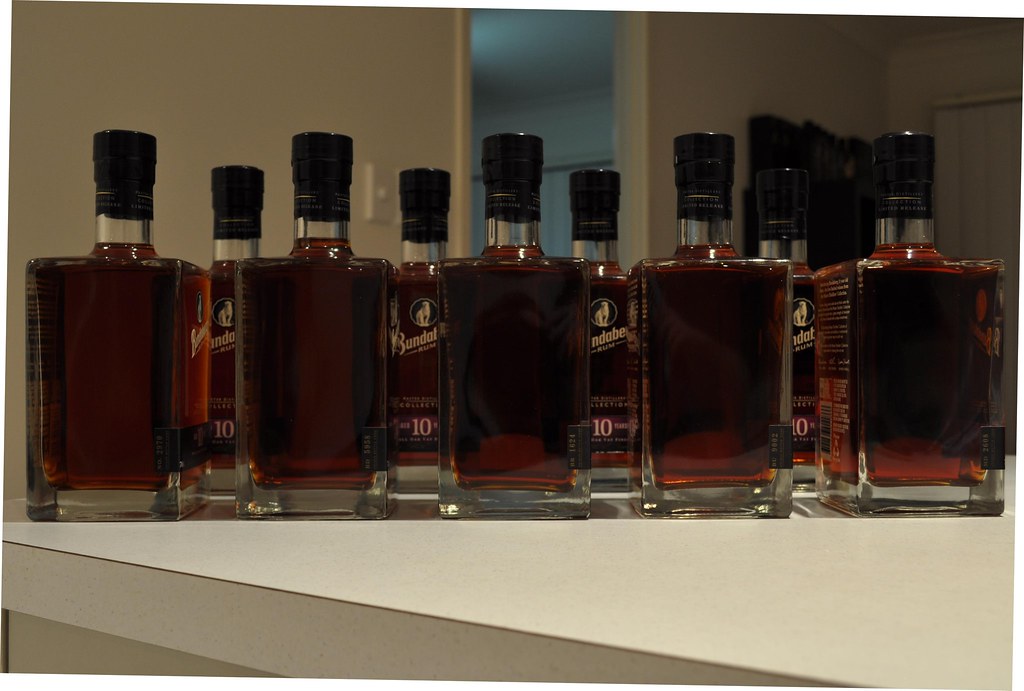
11. **The Sticky Situation: Unpacking Issues with Non-Distilling Producers (NDPs)**
Alright, let’s talk about where the “Master Distiller” title truly starts to chafe and generate genuine friction among many in the industry: the rapid proliferation of non-distilling producers, or NDPs. These companies, while absolutely contributing to the vibrant tapestry of the whiskey market by sourcing and bottling spirits, frequently label their public figureheads as “Master Distillers,” even if, as the context explicitly states, those individuals “have had no experience with distillation.” This practice, understandably, not only raises a multitude of eyebrows but also ignites a quiet, simmering indignation among those who’ve literally spent their entire careers, decades even, toiling by the still, mastering every nuance of the distilling process.
At its heart, this issue boils down to authenticity, pure and simple. When a title historically reserved for profound, hands-on expertise and extensive practical experience is bestowed upon someone who demonstrably lacks that direct, intimate experience, it inherently “dilutes the term, confusing patrons who assume every Master Distiller has hands-on crafting experience.” Consumers, quite naturally, expect a “Master Distiller” to be a true artisan, deeply involved in overseeing every single drop from grain acquisition through to the final bottling. When that fundamental expectation is unmet, or worse, intentionally obscured, it can feel profoundly disingenuous and even misleading, eroding trust in a traditionally honor-bound industry.
The context doesn’t pull any punches here, offering a sharp, direct piece of advice that resonates with the Thrillist ethos: “A good rule of thumb would be to withhold all distiller titles until the person has actually distilled something.” This isn’t a subtle hint or a gentle suggestion; it’s a clear, unequivocal call for genuine, verifiable experience. It goes further, arguing that a person who merely “reviews and approves liquid distilled by someone else isn’t a distiller. The correct title for that person is ‘customer.'” Ouch. That’s a punchy, opinionated take, precisely capturing the deep-seated frustration and the desire for greater transparency within the community.
This particular practice can indeed be “embarrassing for all concerned,” especially when a company is widely known to be an NDP. It represents a significant tension point between the aggressive aspirations of modern marketing and the deeply held values of traditional craftsmanship. While the industry might, with a sigh of resignation, accept that “the big guys are unlikely to stop” using the title this way due to market pressures, the underlying sentiment among true craftspeople and dedicated distillers is abundantly clear: let’s wholeheartedly honor the hands that truly shape the spirit, not just the prominent names emblazoned on the label.

12. **Keeping Your Head Down: Essential Advice for Aspiring Distillers and Newcomers**
Alright, aspiring whiskey wizards and fresh faces looking to leave your mark in this incredibly rich industry, listen up closely! Amidst all this spirited talk about titles, evolving roles, and the intricacies of the craft, there’s some rock-solid, time-tested advice from the seasoned veterans that you absolutely need to etch deeply into your mind. This isn’t about seeking shortcuts, chasing instant fame, or engaging in flashy self-promotion; it’s about cultivating genuine dedication, fostering profound respect for the craft’s extensive history, and committing to the hard work that truly makes a difference.
First and foremost, and this cannot be stressed enough, “If you want to be in this business, it is in your best interest to learn and be sensitive to its history.” This isn’t just about academically memorizing dates, names, or obscure facts; it’s about profoundly understanding the incredible journey, the deep heritage, and the deeply ingrained traditions that have defined whiskey for centuries. As the context wisely notes, “This business didn’t begin the day you became aware of it. History and heritage are very important.” Ignoring this fundamental truth is a surefire way to rub the old guard, and indeed the entire community, the wrong way, creating unnecessary friction.
The context offers a candid and highly practical warning to those new entrants eager to immediately make a grand splash: “Newbies who immediately want to change everything catch a lot of grief. Spare yourself.” The wisdom embedded here is crystal clear: humility, a deep-seated curiosity, and an unwavering willingness to learn from those who came before you are far more valuable attributes than an immediate desire to disrupt or redefine from day one. It’s about patiently earning your stripes, truly understanding the established rhythms and the foundational principles of the craft before you even begin to consider composing new ones.
The practical path to mastery in this complex field often involves a dynamic blend of empirical, hands-on experience and formal academic learning. While historically, mastery was almost exclusively gained “through years of hands-on experience, often as apprentices,” today’s landscape acknowledges that “many distillers – even those not labeled as master distillers – have related academic backgrounds with degrees in chemistry, biology, microbiology, food science, or actual distilling.” The message is clear: combine the rigorous academic knowledge gained from books and classrooms with the invaluable, gritty, boots-on-the-ground experience gained right there in the distillery. Look for those educational programs, often combined with on-the-job training, offered by various schools, institutes, and even distilleries themselves.
So, what’s the ultimate, distilled takeaway for those just starting out, eager to climb the ranks in the world of whiskey? “Keep your head down, learn your craft, and get better every day.” Focus relentlessly on the fundamentals, immerse yourself completely in every intricate phase of the process, and let your ever-improving skills, your deep knowledge, and your unwavering dedication speak volumes for themselves. The context beautifully and powerfully concludes with this sage advice: “If you do all that, you’ll probably like what people choose to call you.” Because in the end, true mastery in the noble art of distilling isn’t about a fleeting title you aggressively claim or demand, but about the profound, lasting respect you genuinely earn from your peers, your mentors, and the incredible spirit you help bring to life.


